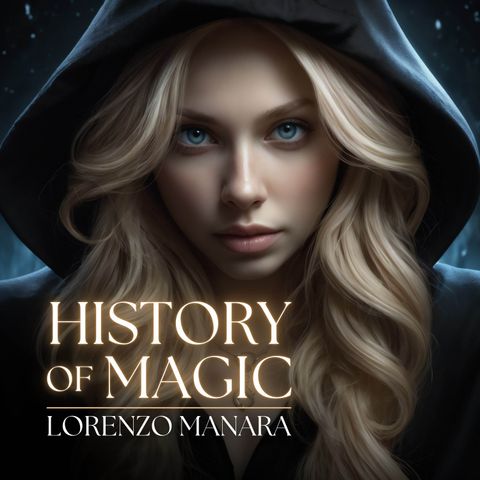
Contacts
Info
Ever wonder about the magic of old? Dive into a world of spells, potions, and age-old mysteries in this exciting exploration of history, from the ancients to the Middle Ages....
show moreEach episode of the "History of Magic" podcast is based on rigorous historical research, drawing from ancient, medieval, and modern sources. Through papyri, parchments, manuscripts, and chronicles of the time, we will retrace the different forms of magic that have characterized the history of the Mediterranean and Northern European regions: from the rituals of the ancient Egyptians and the Greco-Roman world to the magical arts of medieval sorcerers.
I am Lorenzo Manara, and I will guide you on this journey to discover the "History of Magic"!

Ever wonder about the magic of old? Dive into a world of spells, potions, and age-old mysteries in this exciting exploration of history, from the ancients to the Middle Ages....
show moreEach episode of the "History of Magic" podcast is based on rigorous historical research, drawing from ancient, medieval, and modern sources. Through papyri, parchments, manuscripts, and chronicles of the time, we will retrace the different forms of magic that have characterized the history of the Mediterranean and Northern European regions: from the rituals of the ancient Egyptians and the Greco-Roman world to the magical arts of medieval sorcerers.
I am Lorenzo Manara, and I will guide you on this journey to discover the "History of Magic"!
Information
| Author | Lorenzo Manara |
| Organization | Lorenzo Manara |
| Categories | History , Books , Fiction |
| Website | - |
| lorenzo.manara.podcast@gmail.com |
Copyright 2024 - Spreaker Inc. an iHeartMedia Company
